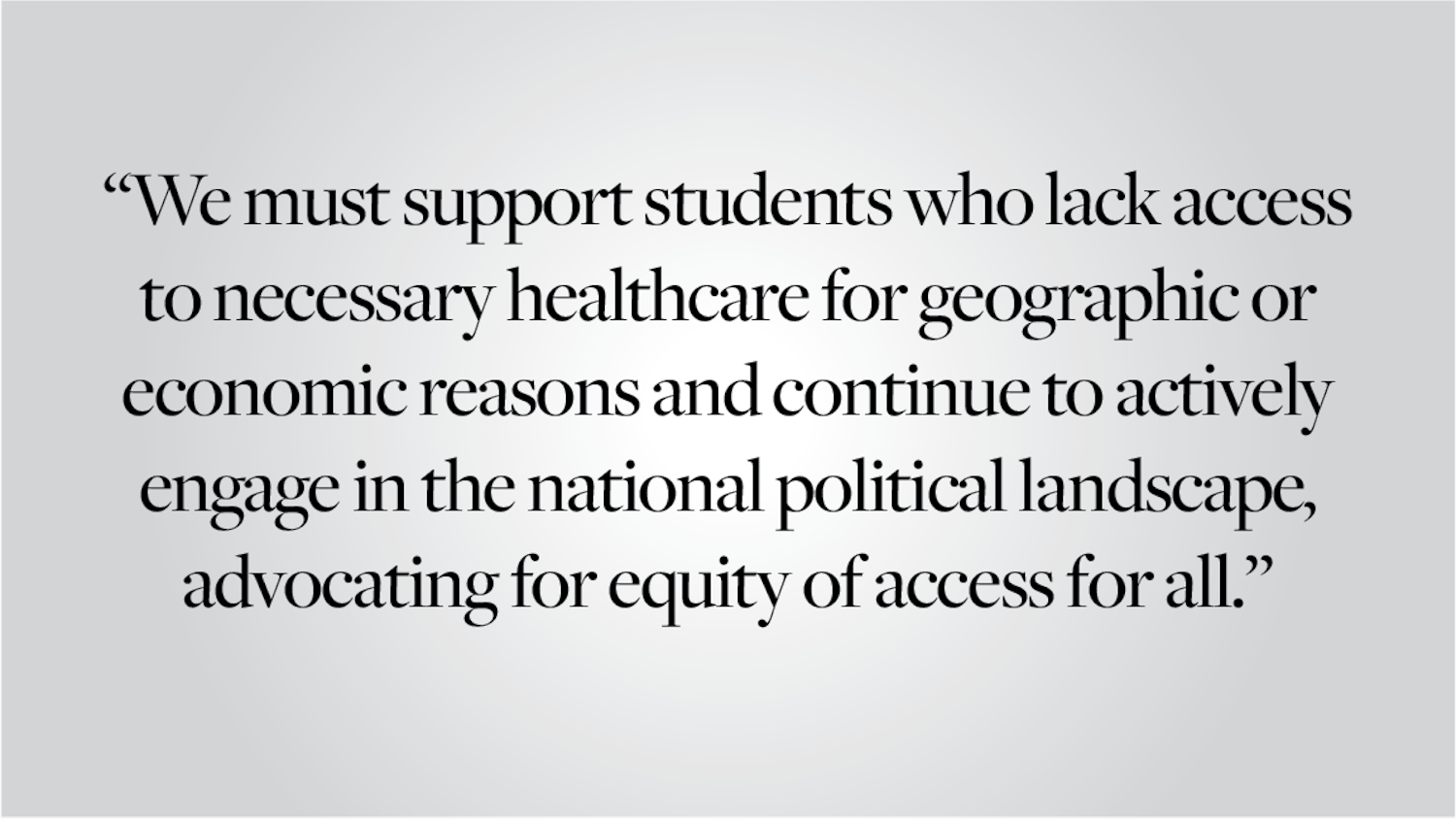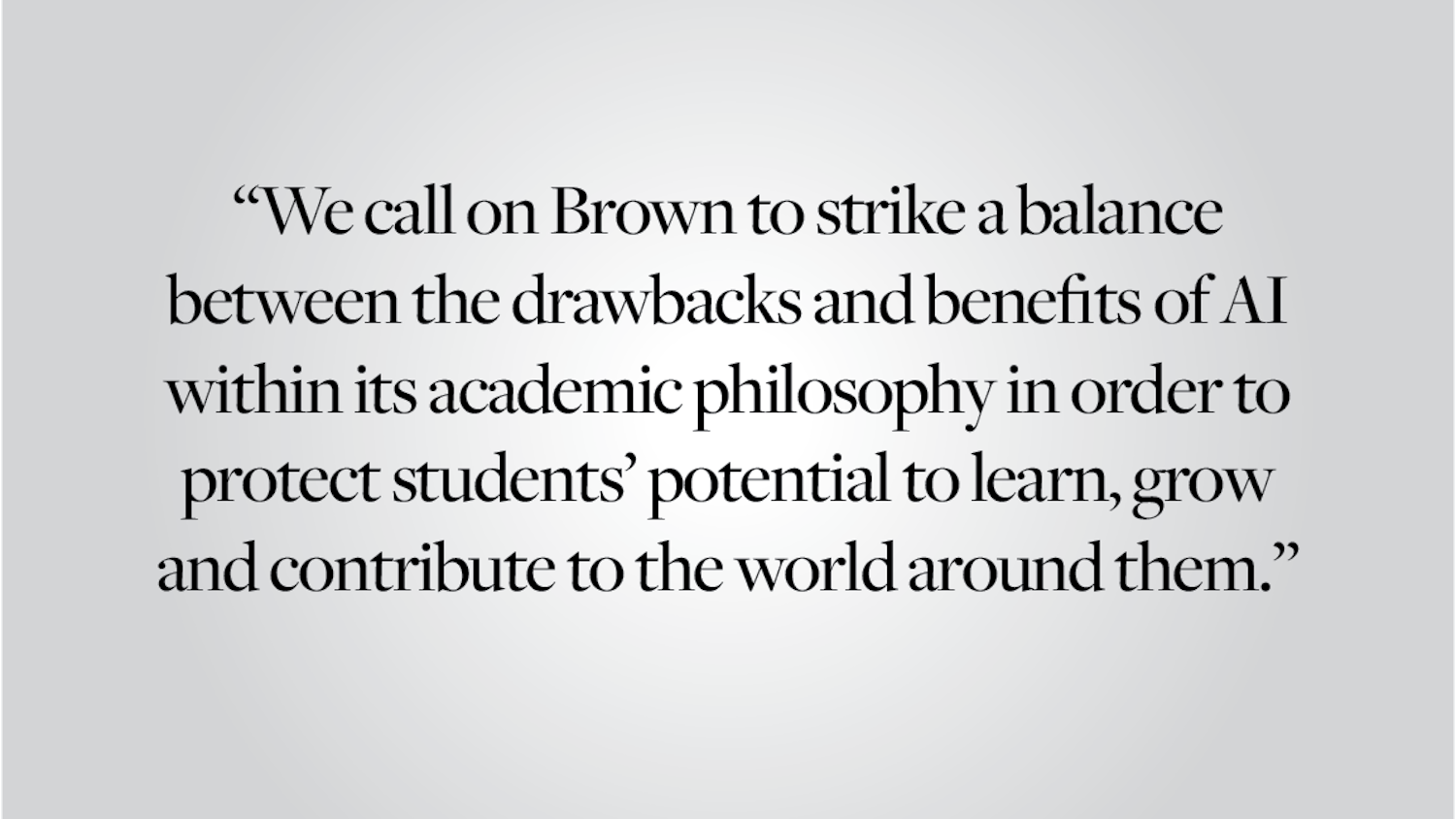The Herald reported Wednesday that the Providence Preservation Society raised opposition to the destruction of four houses as part of the proposed construction of a new engineering building, set to break ground at the end of next year. Though the PPS is inarguably justified in its concern — considering the underlying historic character of the existing structures — growth requires change, and society must recognize the necessity to maximize the land’s potential, given the inherent constraints on College Hill. We applaud the University’s work in maintaining a transparent and fruitful relationship with the PPS and firmly support the current plan to build an engineering facility on the combined sites.
The concerns of PPS should be discussed with the demolition of any old or architecturally significant structures; the organization itself was formed in 1956 as a response to the development of Wriston Quadrangle. But the homes — 29 and 37 Manning St. and 333 and 341 Brook St. — should not restrict the potential for expansion of the engineering campus by 80,000 square feet. Moreover, as Dean of Engineering Lawrence Larson emphasized, engineering develops in a way that requires constantly changing equipment, unlike other fields of study. New facilities are an unfortunate but necessary cost of this development. It should also be noted that the plans include creation of a new building for the Division of Applied Mathematics to be built in the current Barus and Holley parking lot.
The character of an institution is intimately connected to its campus. The existing homes represent a rare opportunity for the University to expand its physical imprint, while maintaining a heightened degree of cohesion on the central campus. Though the University has actively worked to expand its presence in the Jewelry District — primarily for the graduate program — these moments of “fringe” growth dramatically alter the character of the institution and ultimately undercut the embedded sense of community on campus. With the recent efforts to more properly cluster housing, Brown must remain mindful of the implications of any expansion beyond the core campus; the development of the proposed engineering building will bolster this often intangible but important aura of community.
The underlying problem is that real estate on College Hill is extremely limited. The opportunity to develop a state-of-the-art engineering facility within the bounds of the core campus should not be taken lightly, and Brown’s aggressive effort in pursuing the project is very warranted. Though the PPS is justified in its efforts to maintain the historic integrity of College Hill, we urge the University to continue to pursue the development plan in place.
Editorials are written by The Herald’s editorial page board, led by Alexander Kaplan ’15 and James Rattner ’15. Send comments to editorials@browndailyherald.com.
ADVERTISEMENT




